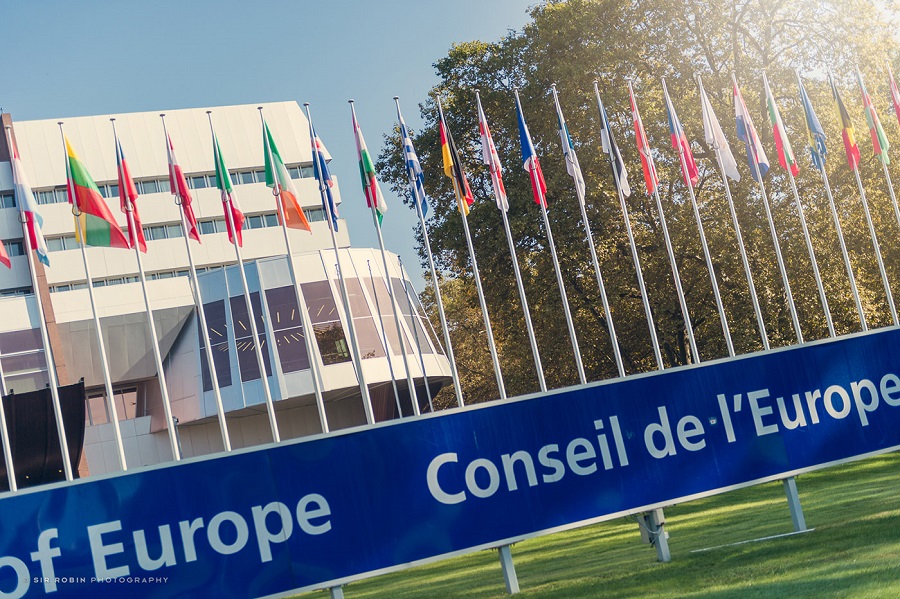Copyright Hartford Courant

By Jessica Fu, The Seattle Times Three decades ago, a promising young industry was taking hold in Washington. The technology sector was robust and growing fast. Microsoft had made the Pacific Northwest home, while newer companies flocked steadily to the region. State lawmakers wanted to keep them coming. So in 1994, the Washington Legislature passed a pair of tax breaks specifically for tech, designed to stimulate the sector. In a State of the State address that year, Gov. Mike Lowry said the breaks would “ensure this state continues to produce cutting-edge technologies and products” and “produce high quality, family-wage jobs.” But what began as a modest incentive meant to foster economic development in a nascent field became a billion-dollar windfall of questionable effectiveness. The tax breaks are now expired, but participating companies continue to benefit to this day. From the outset, the tax breaks were explicitly limited to companies in just five “high-tech” fields, which the Legislature defined to include advanced computing, biotechnology, electronic devices, advanced materials and environmental technology. The programs were designed to reduce the tax obligations of these companies on two fronts: sales taxes and business taxes. The first program eliminated sales taxes on construction and equipment, including offices, software and computers, so long as the expenses were related to research and development. Companies participating in the program would first see their sales taxes deferred up front, then permanently waived over an eight-year period after the construction of an eligible project, such as a new office. Tech firms received business and occupation tax credits through the second program based on their research and development spending. Taken together, participants in either program could greatly reduce their tax obligations. And they did. As of January, participants had saved more than $446 million via the business and occupation tax credits, and over $615 million in deferred or waived state and local sales taxes. In an analysis of the tax breaks before they became law, the state Department of Revenue argued that the lost tax revenue would be paid back in spades by the economic growth the tax breaks would stimulate. Compared with the overall economy, high-tech businesses were growing faster, creating more jobs and paying higher salaries. “Can we afford it?” wrote the authors of the analysis. “In reality, the state can scarcely afford not to take at least modest steps to help the long-term economy grow.” Big Tech got biggest breaks Of the two tax breaks, the sales tax deferral and waiver program was by far more lucrative for participants — and far more costly for public coffers. Tech giants like Amazon, Microsoft and Google were among those that participated most frequently in the program, building out campuses across King County. From 2007 through 2014, Amazon received approval for sales tax deferrals for at least 40 projects across downtown Seattle and the South Lake Union neighborhood, where it was expanding rapidly at the time. In its applications for the tax breaks, the company said that the offices would be used to develop new and improved software supporting Amazon Marketplace, Kindle products and cloud storage, among others. Since 2004, Redmond-based Microsoft received approval for sales tax deferrals for over 80 projects across King County. Google received approval for at least 15 projects across Seattle, Kirkland and Bothell. It’s standard practice for local and state governments to offer economic incentives to attract private investment to their region and create jobs, spur economic growth, and benefit communities, wrote Alisa Carroll, an Amazon spokesperson, in an emailed statement. Microsoft and Google did not respond to requests for comment. Businesses weren’t the only beneficiaries of the sales tax breaks. Research organizations and nonprofits, including Washington State University, the University of Washington and the Allen Institute, a bioscience nonprofit, also benefited from the program. The tax breaks expired in 2015. However, previously approved projects could begin construction as late as the end of 2019. That means many companies continue to get waivers of their previously deferred sales taxes in the present. In 2024, the Department of Revenue waived $30 million in previously deferred sales taxes, according to public disclosures, including $13.9 million for Amazon and $4.9 million for Microsoft. If program participants had used their facilities outside their intended purpose, they would have had to repay any deferred taxes that had not yet been waived. Across the program, that would have translated to at least $8.9 million in sales taxes for Seattle and $22 million for Washington state in 2024 Tax waivers under the program are expected to continue until the eight-year window has finally passed for every project approved under the program, as long as construction broke ground by 2019. Did tax breaks actually work? How much the tax breaks served Washington is an open question. In 2012, a legislative committee conducted an audit of the tech tax breaks, finding mixed results about their effectiveness toward their original objectives. The state Legislature never specified measurable outcomes, which hampered any evaluation. Loosely, the tax breaks were aimed at increasing “quality” employment and research spending. But lawmakers left those targets undefined. Tech companies did invest heavily in Washington. It’s unclear, however, how much of that spending was driven by tax breaks, and how much companies would have spent anyway. “When I look at the reasons for driving the flywheel of high-tech growth in Washington state, I see taxes as pretty low down the list,” said UW American history professor Margaret O’Mara, who writes about the history of the technology industry. “What really matters is having an environment that is pro-innovation.” O’Mara pointed to Washington’s education system, research institutions and ecosystem of existing tech companies, big and small. The state also has no income tax, a draw for both for workers and employers seeking to pay less while preserving net take-home salaries. Policymakers foreshadowed this issue back in 1994, writing in an early study of the tax breaks that it would be “hard to measure success” for both programs. Subsequent studies noted strong growth in research and development spending among program participants, but failed to draw a statistically significant link between the tax incentives and job creation. “This region owes itself, frankly, to luck,” said Lewis McMurran, a former lobbyist for the Washington Technology Industry Association. In 2014, McMurran said that he advocated for changes to the incentive programs that would make them more advantageous for smaller tech upstarts while limiting benefits for bigger, well-established companies. Ultimately, both programs were axed. Three decades after the incentives were first introduced, it’s difficult to determine to what extent they were necessary to the rise of the tech industry in the region. Only that rise itself — seen in the structures that have reshaped the skyline and the technology that has redefined the economy — is impossible to deny. ©2025 The Seattle Times. Visit seattletimes.com. Distributed by Tribune Content Agency, LLC.



